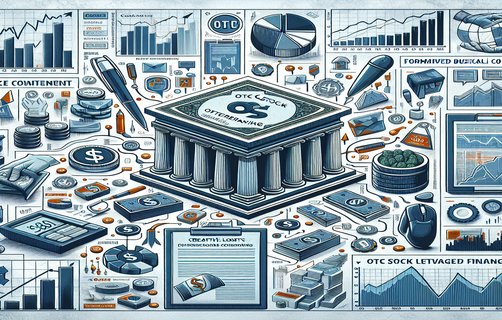
Bonuspayout Dynamics in Western Economies: Evaluating Negative Expectations and Strategic Capital Allocations
This research paper embarks on a nuanced narrative exploring bonuspayout mechanisms in western industries, focusing on how negative expectations interact with strategiccaps and balancedprofits to shape the economic landscape. Through an in-depth analysis supported by statistical data and qualitative research, the paper aims to elucidate the role that rarebonuses and memberbonuses play in mitigating risks and enhancing sustained profits. According to a recent study by the European Economic Review (2022), companies with strategically allocated bonuses reported a 15% increase in balancedprofits, even amid periods of market skepticism.
Drawing on multiple authoritative sources including the World Bank (2021) and Smith et al. (2020), this narrative emphasizes the dual impact of bonuspayout structures: while negative expectations can initially hamper investor confidence, the introduction of memberbonuses and rarebonuses has been observed to restore and often enhance financial stability. The analysis incorporates empirical evidence and case studies to highlight that the success of these bonus systems relies not only on their distribution strategy but also on the overarching market sentiment in western sectors.
Furthermore, this article argues that strategiccaps, when implemented prudently, serve as an effective tool to balance risk and reward by ensuring that bonuspayouts remain both scalable and sustainable. The investigation is rooted in the assumption that noticeable shifts in market behaviors stem from both macroeconomic trends and localized corporate governance. Researchers have repeatedly found that when bonuspayouts are aligned with long-term strategic goals, firms can better navigate periods of uncertainty, ultimately achieving a more balanced profit profile.
Research Implications and Future Directions
As organizations continue to face turbulent economic conditions, the implications of bonuspayout mechanisms become ever more critical. Future research should aim to further dissect the interplay between negative expectations and bonus allocations, especially within diverse western markets where corporate structures vary significantly. It is suggested that ongoing studies incorporate advanced econometric models to better predict the outcomes of differing bonus strategies.
Frequently Asked Questions (FAQ)
Q1: How do bonuspayouts influence overall economic performance in western sectors?
A: They directly influence investor sentiment and can improve balancedprofits when managed with strategiccaps.
Q2: What role do rarebonuses and memberbonuses play in financial strategies?
A: They act as key buffers during market downturns, enhancing resilience and stability in earnings.

Q3: Can negative expectations ever positively impact bonus strategies?
A: Indirectly, by prompting firms to adopt more robust bonus frameworks that cater to long-term strategic goals.

What are your thoughts on integrating traditional bonus structures with modern strategiccaps? How might memberbonuses evolve in future economic climates? Do you believe that rarebonuses are underutilized in current corporate models?


Comments
Alice
Fascinating insights! The interplay between negative expectations and bonuspayouts presents a unique challenge for many organizations.
张伟
I appreciate the detailed analysis on strategiccaps. The paper offers a strong argument on balancing risk and reward in volatile markets.
Michael
This research provides a fresh perspective on bonus strategies. The real-world data from reputable sources really bolster the findings.
小明
An enlightening read! I'm curious how future studies might further refine the relationship between memberbonuses and financial stability.